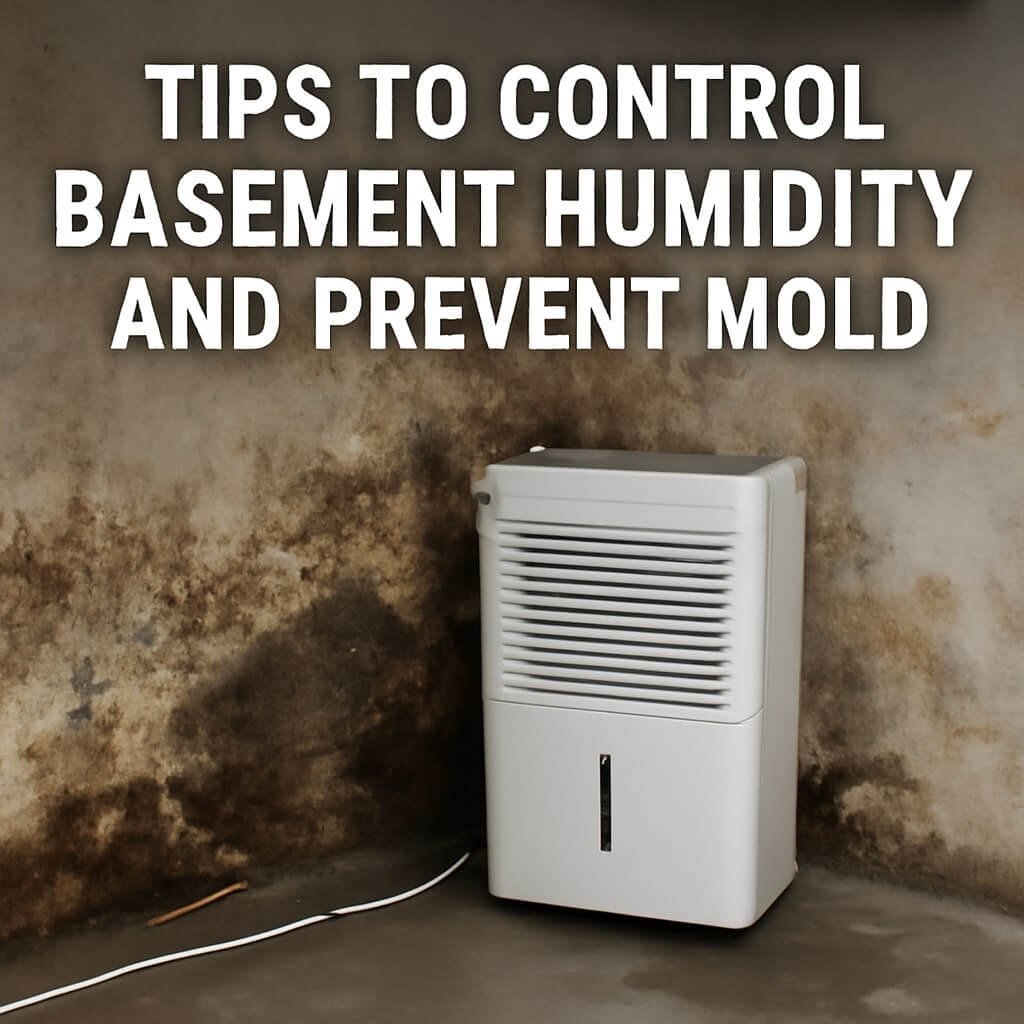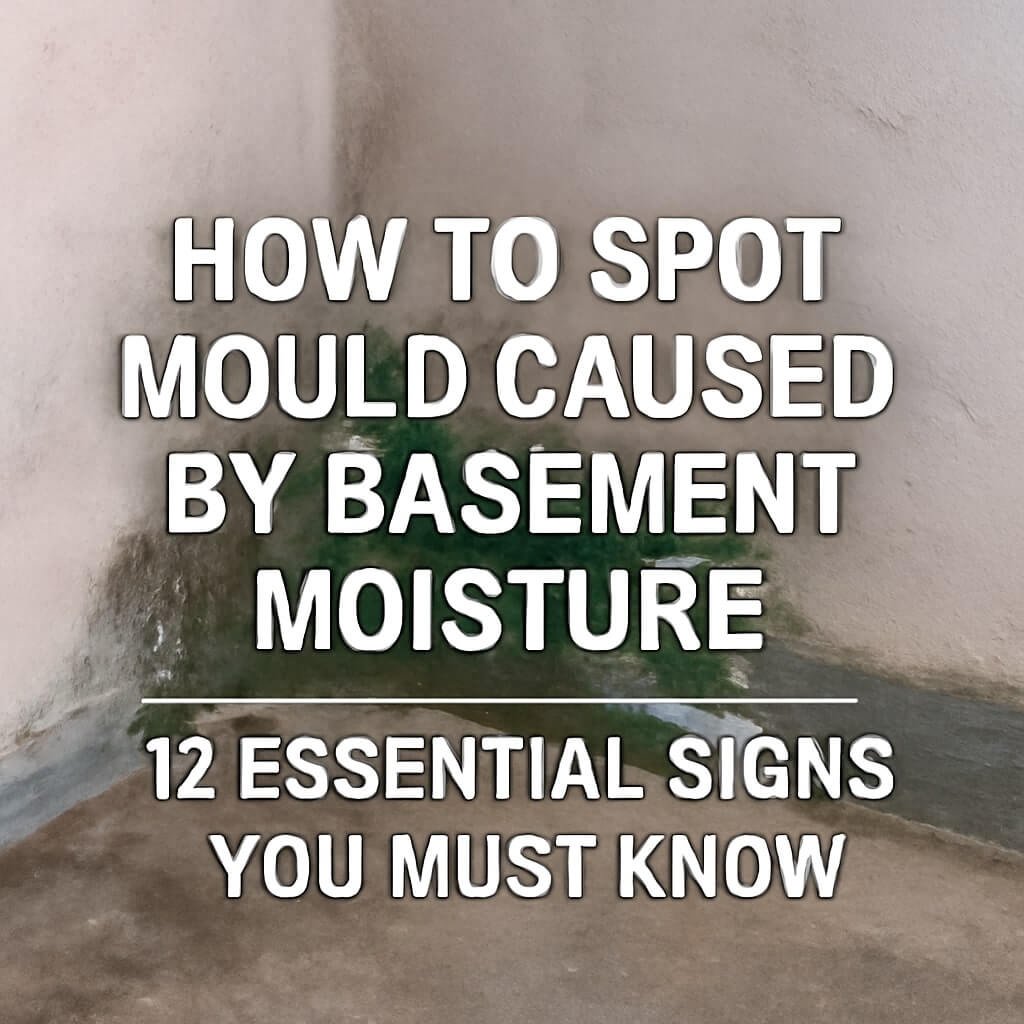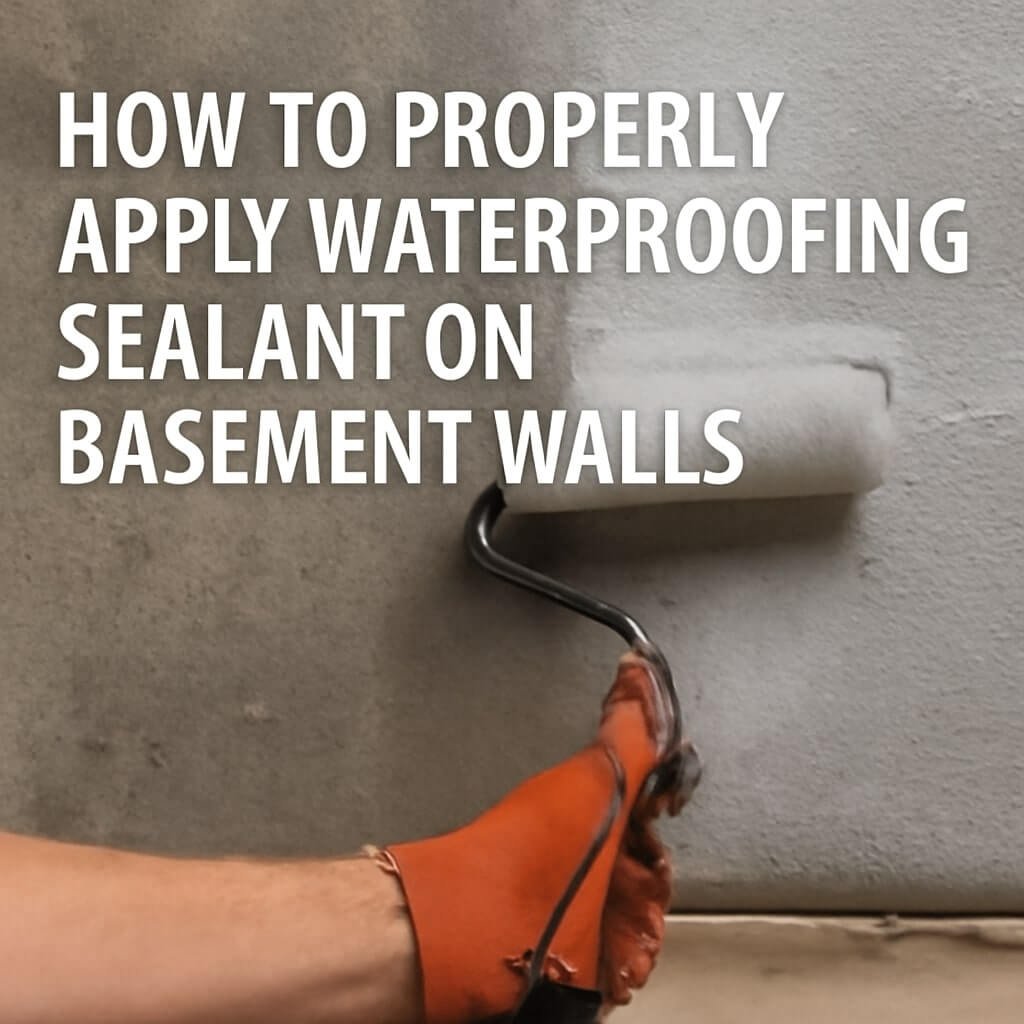Basements are notorious for high humidity levels, which can lead to a host of problems, including mold growth, unpleasant odours, and structural damage. Understanding what causes this excess moisture and how it affects your home is the first step to effective control.
What Causes High Humidity in Basements?

Basement humidity often results from several sources. Ground moisture seeps through foundation walls and floors, especially if waterproofing is inadequate. Poor ventilation traps moist air, creating a damp environment. Additionally, condensation forms when warm air meets the cooler basement surfaces, increasing moisture. Plumbing leaks, flooding, and even humid air from other parts of the house can add to the problem.
Why Controlling Humidity is Crucial
Unchecked basement humidity isn’t just uncomfortable; it’s a serious health and safety concern. High moisture levels create the perfect breeding ground for mold and mildew, which release spores that can trigger allergies, asthma, and respiratory infections. Structurally, moisture can deteriorate wooden beams, drywall, and insulation, leading to costly repairs. Therefore, controlling basement humidity is key to maintaining a safe, healthy, and durable home environment.
Effective Strategies to Reduce Basement Humidity
Controlling humidity requires a mix of approaches. By combining ventilation improvements, moisture removal, and sealing techniques, you can significantly reduce basement dampness.
Improving Basement Ventilation
Good airflow is critical. Installing exhaust fans or using portable fans can help circulate air and expel humid air outside. Opening windows when the weather permits can also reduce moisture buildup. Consider installing air vents or an air exchange system that allows fresh air to flow in and stale air to exit, keeping humidity levels balanced.
Using Dehumidifiers Effectively
Dehumidifiers are powerful tools to extract moisture from basement air. When choosing one, select a unit sized appropriately for your basement’s square footage. Place it away from walls and obstructions to allow optimal airflow. Regularly empty the water collection tank or connect a drainage hose for continuous operation. Keeping the dehumidifier clean and maintained ensures long-term efficiency.
Sealing Cracks and Waterproofing Walls
Moisture often enters through tiny cracks and porous concrete walls. Inspect your basement carefully for any gaps or damaged areas. Use hydraulic cement or masonry sealant to close cracks. Applying waterproof coatings or sealants on walls and floors creates a moisture barrier, preventing water seepage. These preventive measures drastically reduce humidity from external sources.
Long-Term Prevention Techniques
To ensure your basement stays dry over the years, long-term solutions must be in place.
Installing Proper Drainage Systems
Water accumulation around the foundation is a major humidity culprit. Gutters and downspouts should direct rainwater at least 5-10 feet away from the house. Consider installing a French drain system that collects groundwater and diverts it away from the foundation. Proper grading ensures soil slopes away from your home, reducing water pooling near basement walls.
Landscaping Tips to Divert Water Away
Your yard can help or hinder moisture control. Planting shrubs and trees away from the foundation prevents root intrusion and excess moisture near walls. Use soil with good drainage properties and avoid low spots that collect water. Adding gravel beds or drainage channels in strategic spots further helps move water away from your basement.
Insulating Basement Walls and Pipes
Cold surfaces cause condensation, especially on pipes and walls. Proper insulation reduces temperature differences and minimizes moisture buildup. Use foam board or spray foam insulation on walls, and wrap pipes with foam sleeves. This not only controls humidity but also improves energy efficiency and comfort.
Monitoring and Maintenance
Keeping basement humidity in check requires consistent monitoring and upkeep.
Using Hygrometers and Sensors
A hygrometer measures relative humidity levels, helping you track moisture changes. Smart sensors can alert you if humidity rises above safe thresholds (usually around 50%). Monitoring these levels enables timely interventions before problems worsen.
Regular Inspection and Cleaning
Inspect your basement frequently for signs of mold, water stains, or musty smells. Clean drains, gutters, and vents to prevent blockages. Remove clutter that traps moisture and maintain dehumidifiers and ventilation equipment regularly. Preventative care keeps your basement dry and mould-free.
Health and Safety Considerations
Basement mold and moisture are not just structural concerns—they directly affect your family’s health.
Recognising Mould-Related Health Issues
Mould spores can cause allergies, sneezing, coughing, skin irritation, and even asthma attacks. Prolonged exposure may lead to more severe respiratory conditions, especially in children, elderly, or those with weakened immune systems.
Safe Mold Removal Practices
Small mould patches can sometimes be handled with household cleaners and protective gear. However, extensive mould infestations require professional removal to ensure safety and thorough remediation. Avoid disturbing mold without proper precautions, as this can release spores into the air.
Frequently Asked Questions (FAQs)
What is the ideal basement humidity level?
Can a dehumidifier eliminate basement mold?
How often should I check my basement for humidity issues?
Are there natural ways to reduce basement humidity?
Is mold dangerous to pets?
Can basement humidity affect the rest of the house?
Conclusion and Final Tips
Controlling basement humidity and preventing mold requires a comprehensive approach combining immediate actions and long-term solutions. Improving ventilation, using dehumidifiers, sealing walls, and maintaining proper drainage are all crucial steps. Regular monitoring and quick responses to moisture changes protect your home and health. With these proven tips, you can create a dry, safe, and mold-free basement environment.



